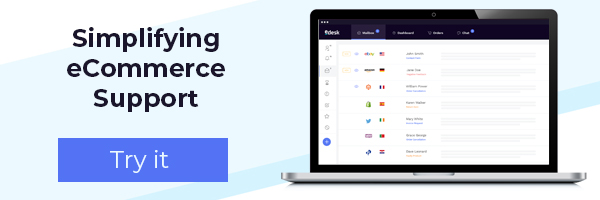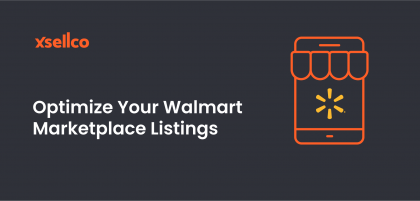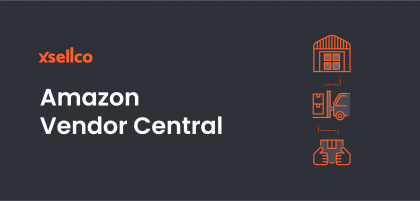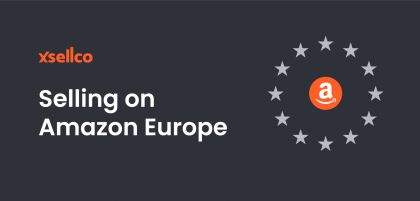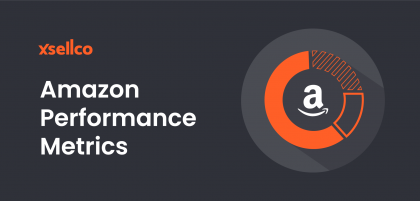Why choose Amazon Sponsored Products?
In an increasingly competitive Amazon environment, sellers need to be using every tool available to get their products in front of a fresh audience. Amazon Sponsored Products is and will continue to be one of the most powerful tools for driving discoverability and incremental sales for Amazon sellers.
For those of you unfamiliar with the platform, Sponsored Products exists within the Amazon Marketplace and drives traffic to an Amazon detail page. These ads exist on the right rail of Amazon’s Search Engine Paid Results, Amazon SERP, at the top and bottom of the SERP, and on the carousel on product detail pages.
As more sellers join the Marketplace to get their slice of the pie, the price to play within Amazon’s platform will increase. As demand in bidding auctions continues to rise, Amazon sellers will need to implement new advanced paid marketing campaigns and strategies to win over new customers and improve customer loyalty.
Let’s take a look at three Amazon Sponsored Product optimizations that every seller should be leveraging in 2017 to outsmart their competitors and increase conversions.
Fundamentals of the Amazon Sponsored Products Auction
Before we jump into how to optimize your Sponsored Products (SP) strategy, it’s important to understand the fundamentals of how the SP auction actually works.
- When a customer searches or browses Amazon for products, Amazon finds all Sponsored Products ads that contain keywords that match the customer’s search or browse page. In the case of Automatic Campaigns where there are no keywords, product content is used to determine relevancy.
- Amazon’s first step is to remove any ads that are not currently winning the Buy Box.
- The ads are then analyzed for relevance. Ads that are determined to be irrelevant are removed from the auction.
Let’s apply this process to an example. If a customer is searching for the term “toaster”, Amazon finds all Sponsored Products ads that contain the keywords that match the customer’s search or browse page.
If a seller has bid on the keyword “toaster” in an ad group that contains kitchen glove ads, Amazon determines the kitchen glove ads are not relevant and removes them from the auction. The remaining ads are then ranked and displayed to Amazon customers in the ad rank order. The ad rank order is based on the seller’s bid and the likelihood the ad will get clicked.
Pro Tip: Remember that campaigns that have been active for longer have a better chance of displaying ads – click history plays an important role in Amazon’s bidding algorithm.
In a recent xSellco and CPC Strategy webinar, David Cooley, Marketplace Manager at CPC Strategy, shows sellers how to win more customers with Amazon Sponsored Products.
1. Campaign structure
The first step to discovering the best Amazon keywords for your products is to set up an initial catalogue campaign in Sponsored Products. This will include all your products, whether that be a handful or a thousand SKUs.
It’s important to ensure that your full catalogue is represented when it comes to advertising – then you can begin to figure out which terms customers and potential customers are using in their search to find your products. The goal of Amazon keyword harvesting is to discover and bid on keywords or search terms used by customers to find your products.
In the past, the Amazon Search Terms Report provided sellers with a report that indicated the exact product SKU associated with each search term, which was extremely valuable data. Unfortunately, Amazon updated the report so it no longer identifies which product is associated with the search term.
This change to the Search Term Report inevitably made it more difficult for sellers to identify the relationship between keywords and products. For example, we know “toaster” is performing well, but we can’t match that keyword with the appropriate SKU.
One proposed solution is to build your campaign structure with only one SKU per ad group. That way you can attribute the success of the term directly to the SKU purchased or clicked on. By segmenting the campaign, this solution directly impacts the bidding strategy and the overall success of the campaign.
In basic terms, the more granular you get with your campaigns, the more control you will have over your products, and the more informed you will be regarding which keywords or products to invest in.
2. Keyword harvesting
The next step is harvesting keywords. Since Amazon customers tend to have a higher intent to purchase, selecting the best keywords for your products is a vital component of your marketing strategy. Bidding on the right keywords for your products can improve your page sales rank and organic listings, and will ultimately influence your product sales.
The tricky part is figuring out what the best tools are for keyword harvesting. Although many of the third party tools are great, they will not give advertisers the raw data required to make educated bidding and strategy decisions. Sellers should utilize the Search Terms Report for Sponsored Products located in Seller Central as their main source of keyword harvesting.
3. Refined product targeting
Negative keywords are just as important to identify as popular keywords. If these keywords continue to fly under the radar unnoticed, you risk draining your ad spend on under-performing terms (for example low CTR, low conversions, etc.).
The goal for Negative Keywords is to ensure that sellers are getting their products in front of search terms that are actually relevant to the products they are advertising, while avoiding allocated spend to keywords which are generating clicks without conversions.
Identifying negative keywords gives sellers the ability to target a specific audience and ultimately improve the performance of Sponsored Products Campaigns. If you begin to use negative keywords you will begin to see a higher ROI.
In a recent blog interview, Nick Sandberg, Marketplace Program Development Manager at CPC Strategy describes the advantages of identifying negative keyword terms. “If you are spending a lot of money on Sponsored Products, you should definitely pay attention to negative keywords,” Sandberg advises. Sellers need to avoid spending large budgets on keywords that aren’t acquiring any clicks. Identifying negative keywords in your Amazon Sponsored Products Search Terms Report will cut out irrelevant product keywords and improve your ROI.
For more tips on how to improve your conversion rate with Amazon Sponsored Products, check out our free guide “The 2017 Amazon Sponsored Products Guide”.

